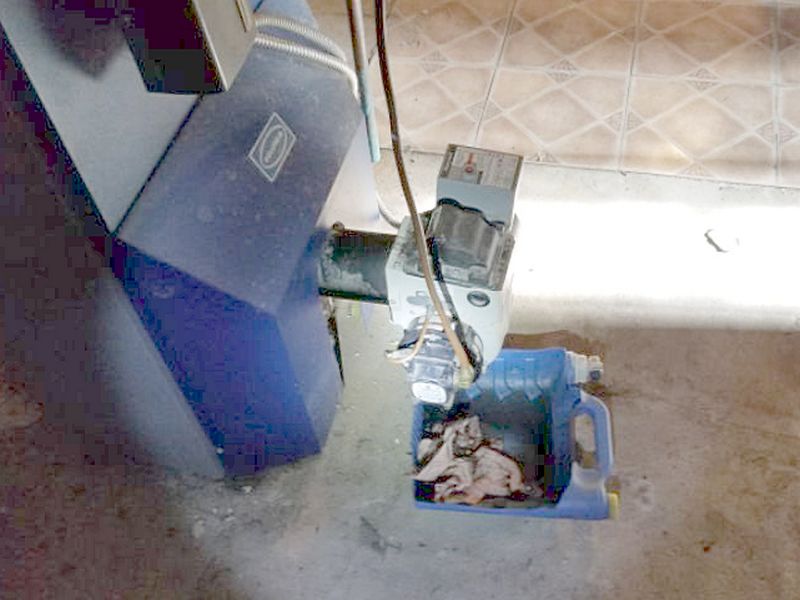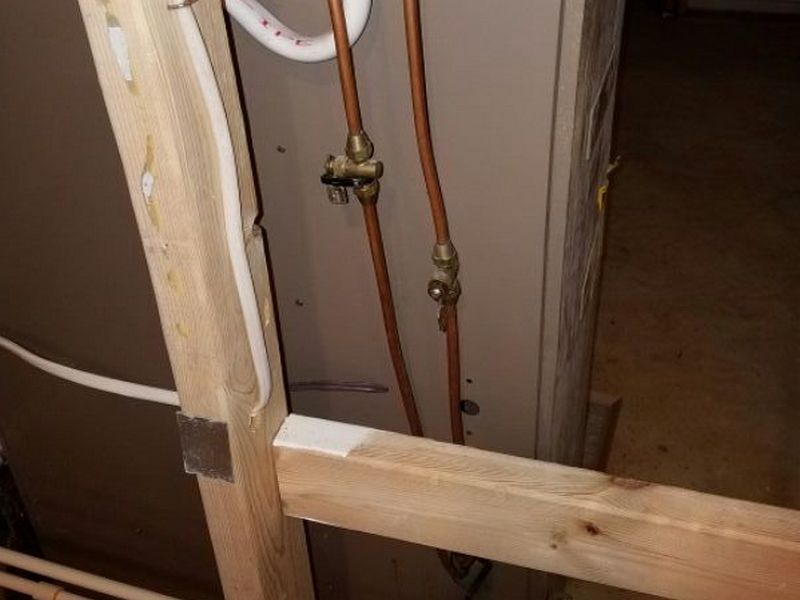On-site fuel oil and propane tanks provide a homeowner with both great convenience and flexibility in choosing how to heat their homes and what type of water heating or cooking appliances they use. They also mean that we have 275 gallons of flammable liquid or 100-500 gallons of liquefied explosive gas right on the property. On top of that are the lines and pipes that carry those products into the home’s interior. Now the importance of our work in this category comes into better focus!
We must accurately identify the type(s) of fuel being used, where the tank(s) is, and where the main shut-off valve(s) is. Take photos of the tank and valve. Inspect for condition, leaks, proper venting, abandoned fill pipes, missing valves and filters. Underground oil storage tanks (UST) are always reported. Smaller propane tanks (100 gallons/420 lbs) cannot be within 5 feet of a low house opening such as a crawlspace vent. Larger tanks (500 gallons) must be 10′ from house openings and/or ignition sources (AC units, exhaust fans). Be alert to evidence that the wrong gas is being used for the appliance. Furnaces and water heaters are clearly labeled. Improper burner flame characteristics should be reported.
Propane Tank Clearances
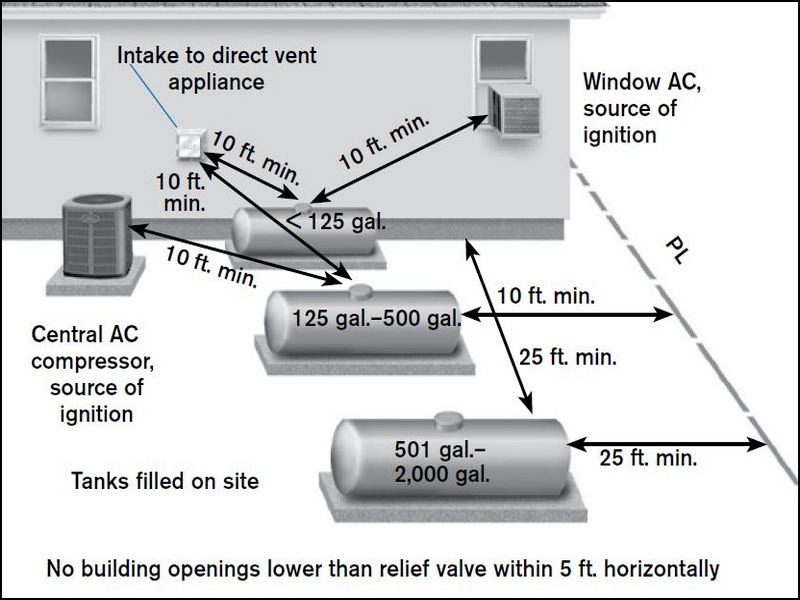
Indoor oil tanks

The fuel storage tank is improperly located. This is a safety concern. Hire a contractor to relocate the tank to a proper location.
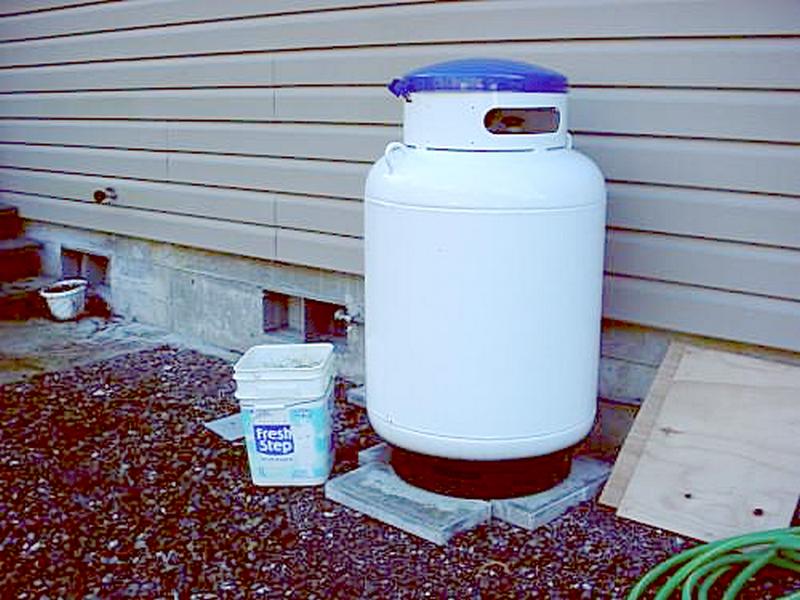
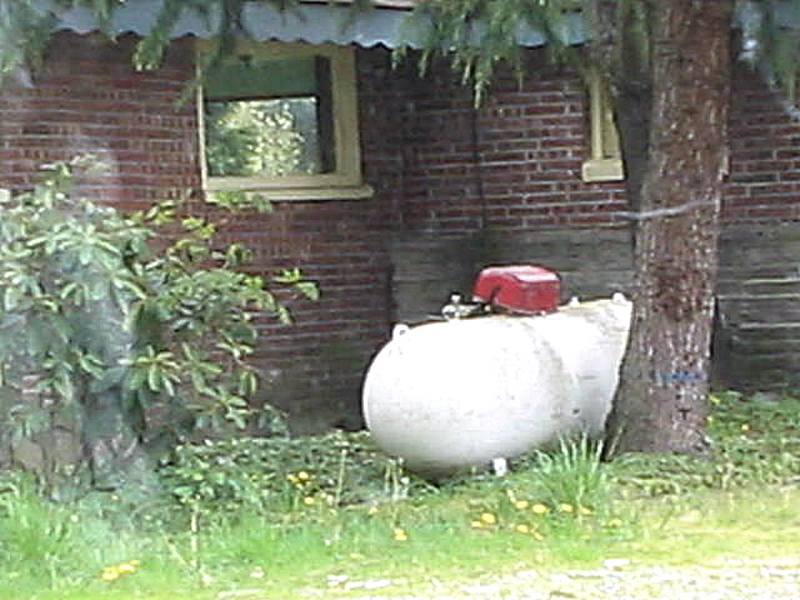
The fuel storage tank is leaning or unstable. This is a safety concern as the tank may fall. Hire a contractor to secure the tank.
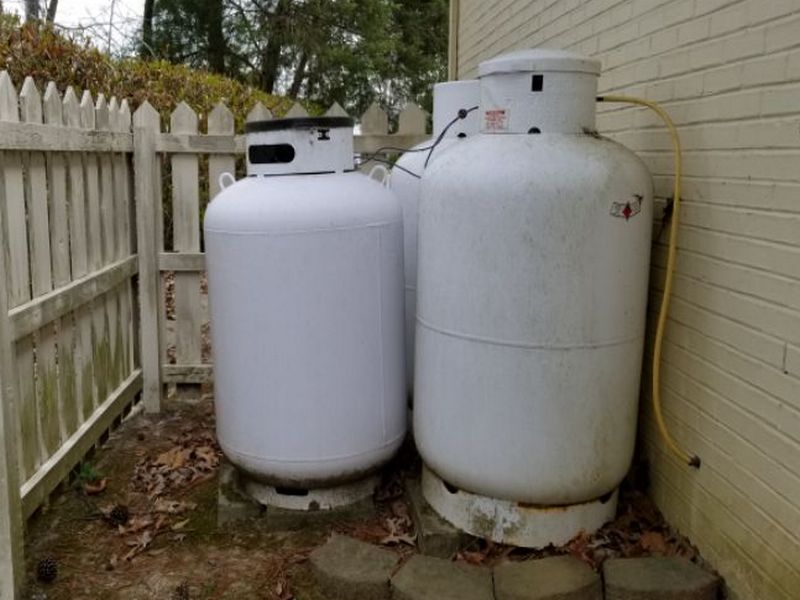
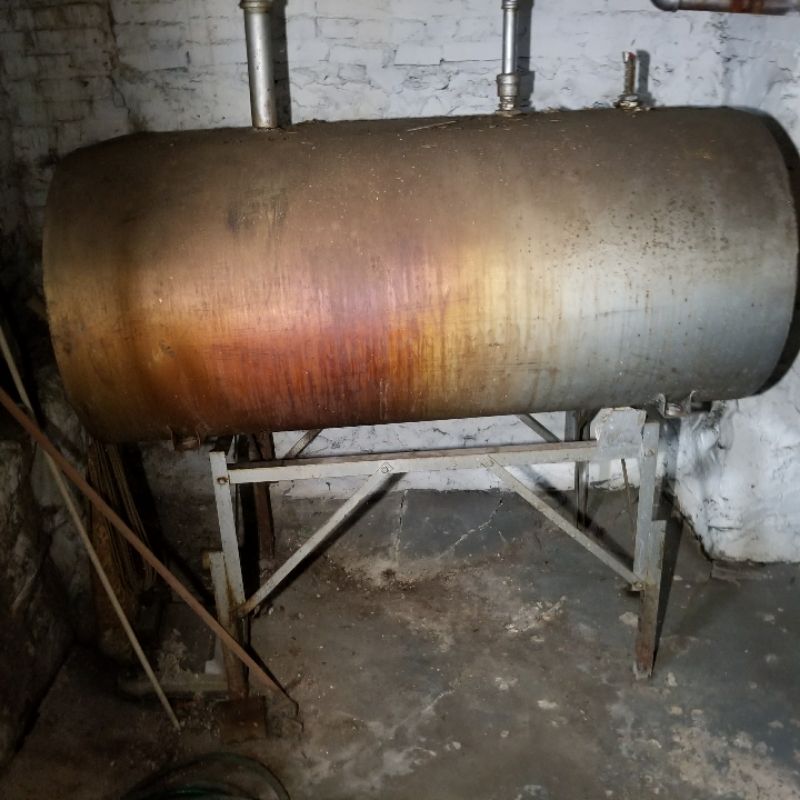
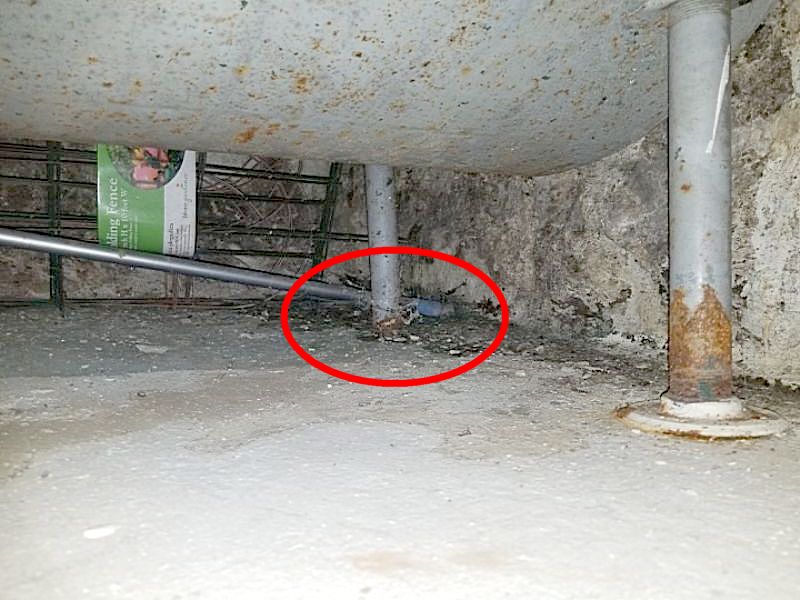
The fuel storage tank supports are corroded. This is a safety hazard. Hire a contractor to replace the supports.
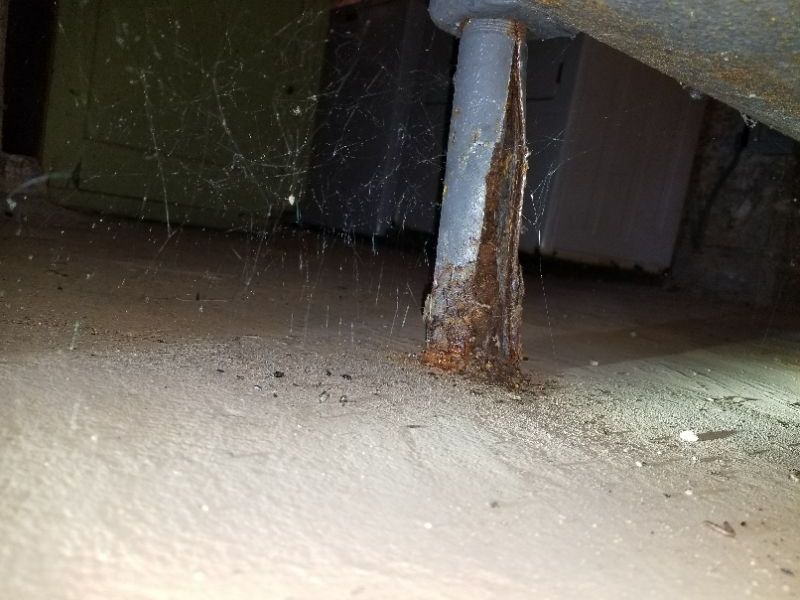
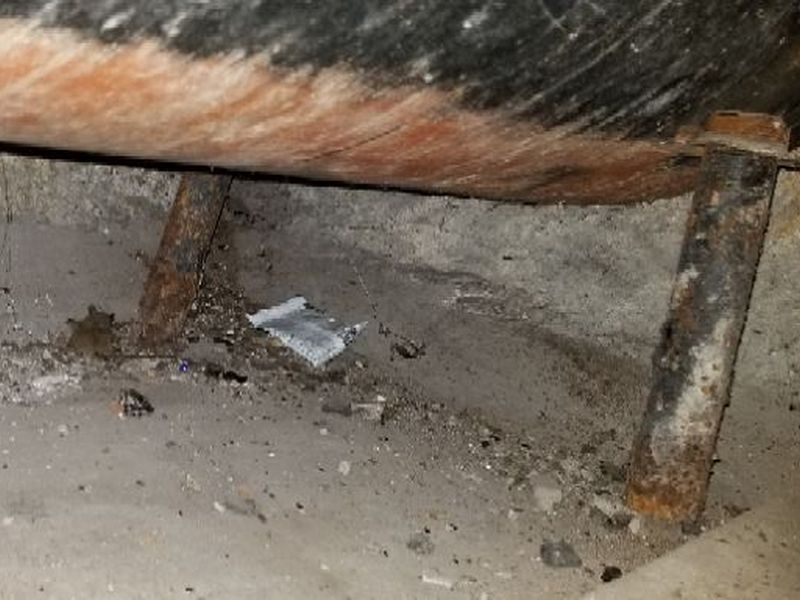
The fuel storage tank is corroded. This may allow fuel to leak. Hire a contractor to replace the tank.
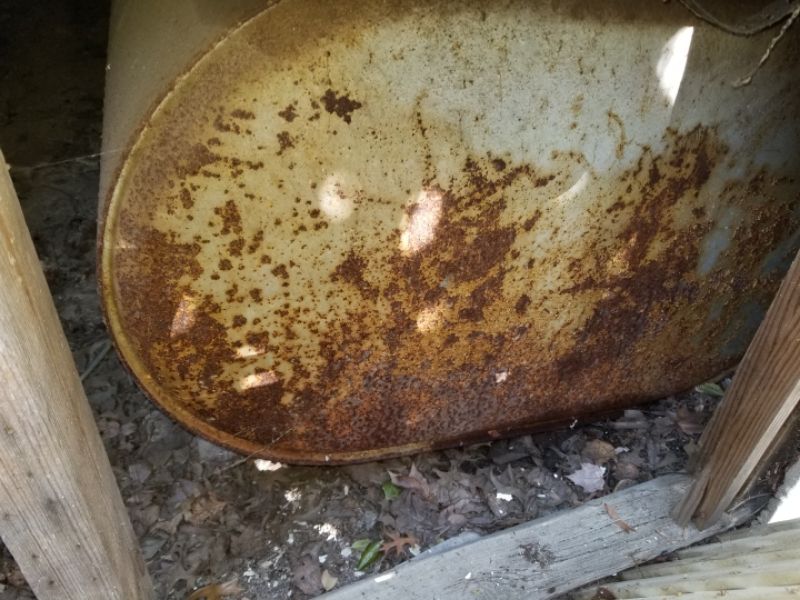
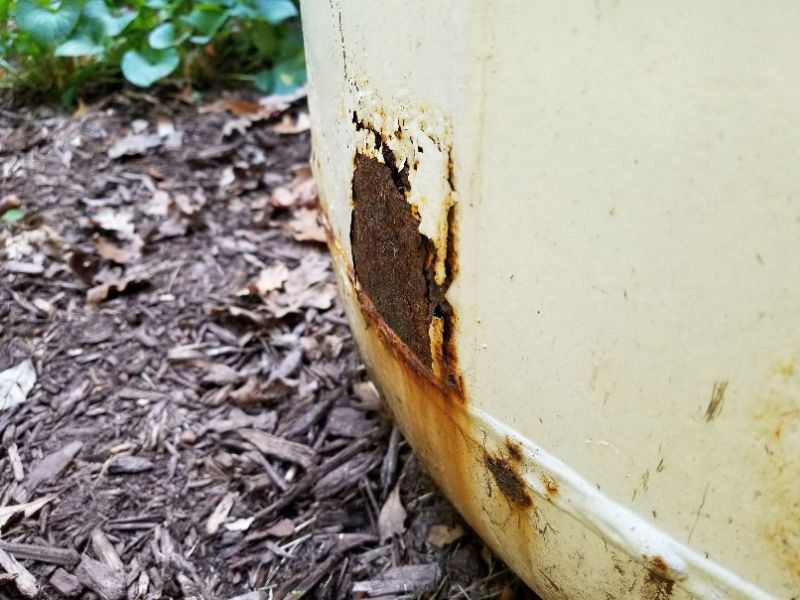
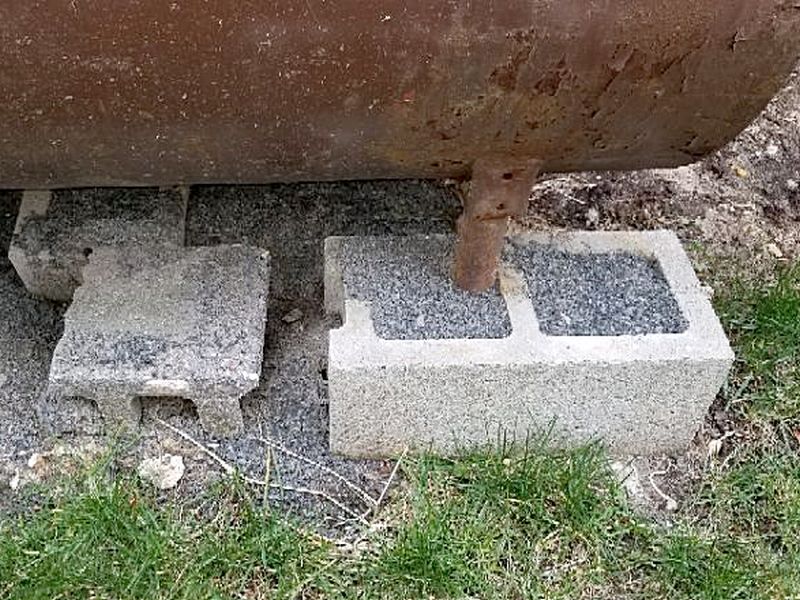
The fuel storage tank is leaking. This is a health and safety hazard. Hire a contractor to evaluate the tank and to make required repairs.
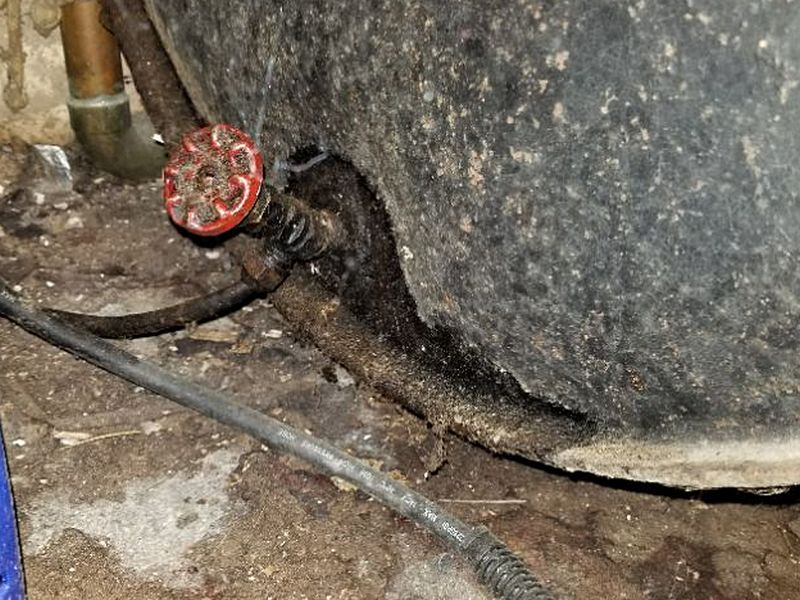
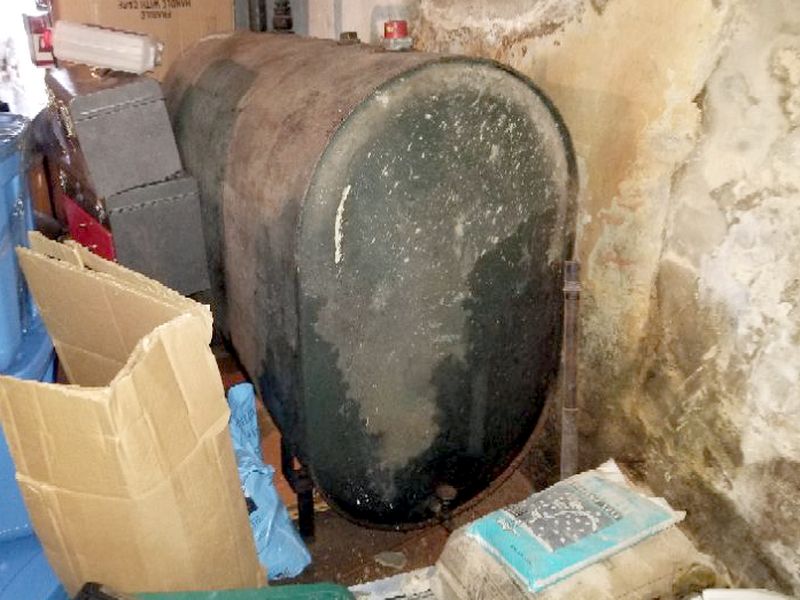
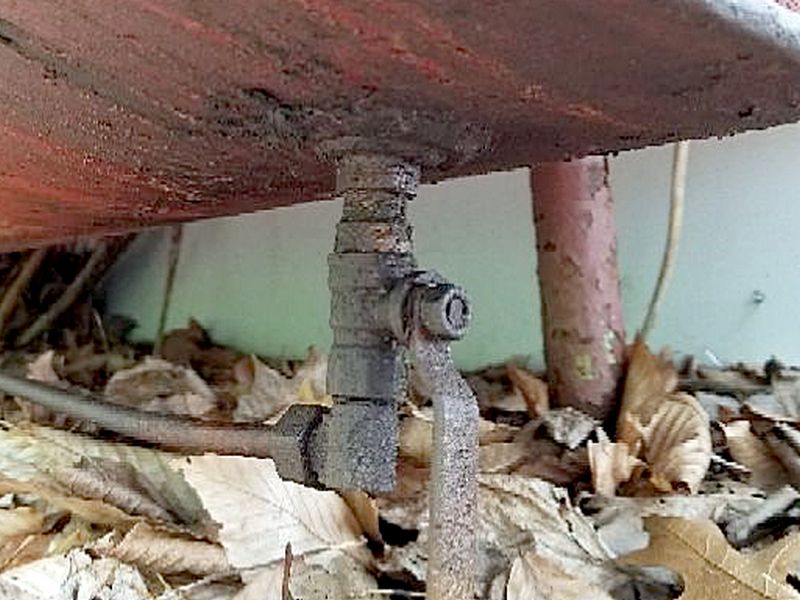
The fuel storage tank shows evidence of leaks and past repairs. This makes the tank’s reliability questionable. Hire a contractor to evaluate the tank and to make required repairs.
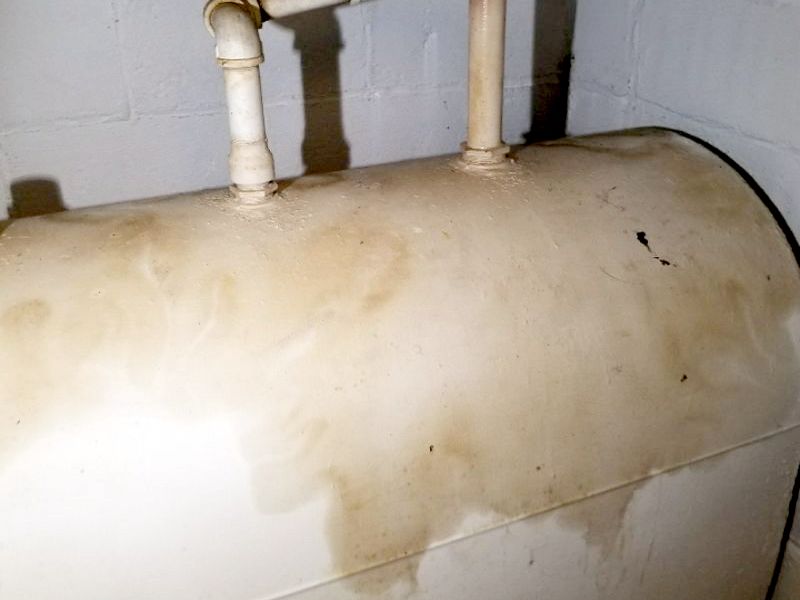
Metal straps holding rubber patches in place
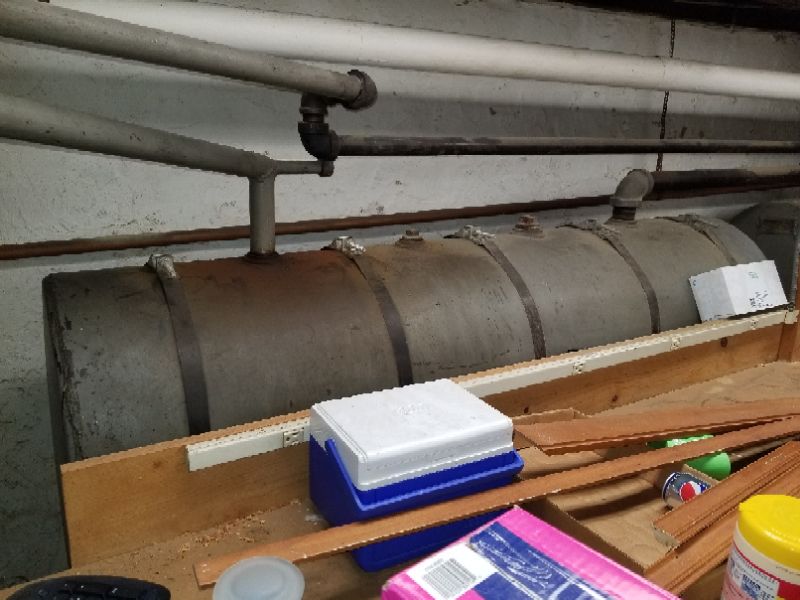
Both underground oil storage tanks (UST) and abandoned fuel tanks can present environmental hazards. Inspect carefully in basements, crawl spaces, and the yard for signs of a UST, e.g. cut-off oil lines and vent or filler pipes.
There is evidence of a possible underground fuel storage tank on the property. This is a risk for leaks and would be a costly environmental clean-up. Hire an environmental specialist to evaluate the tank and to propose required actions.
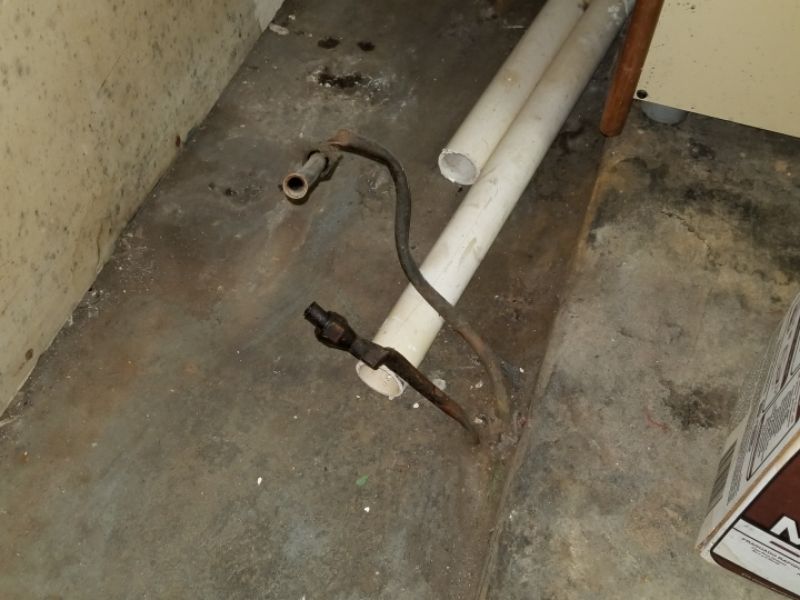
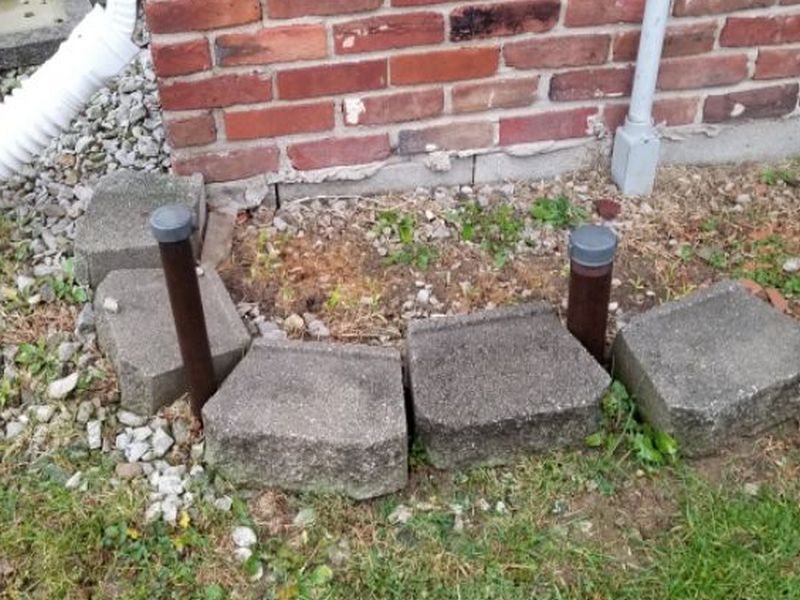
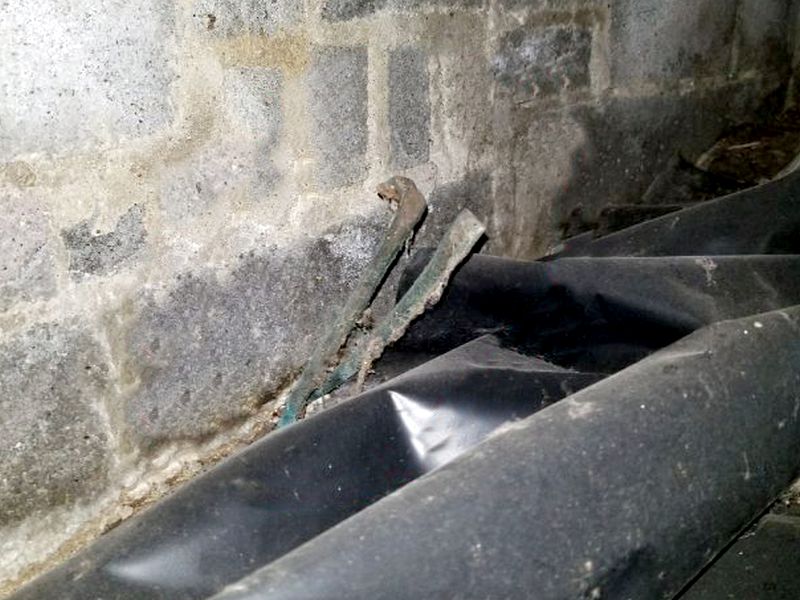
There is an abandoned or decommissioned fuel tank. The tank may represent an environmental risk. Hire an environmental specialist to evaluate the tank and to propose required actions.
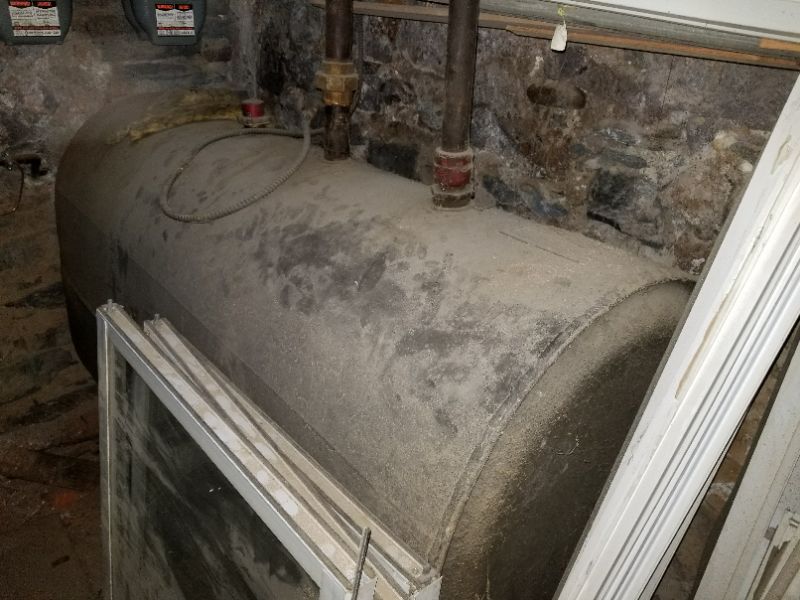
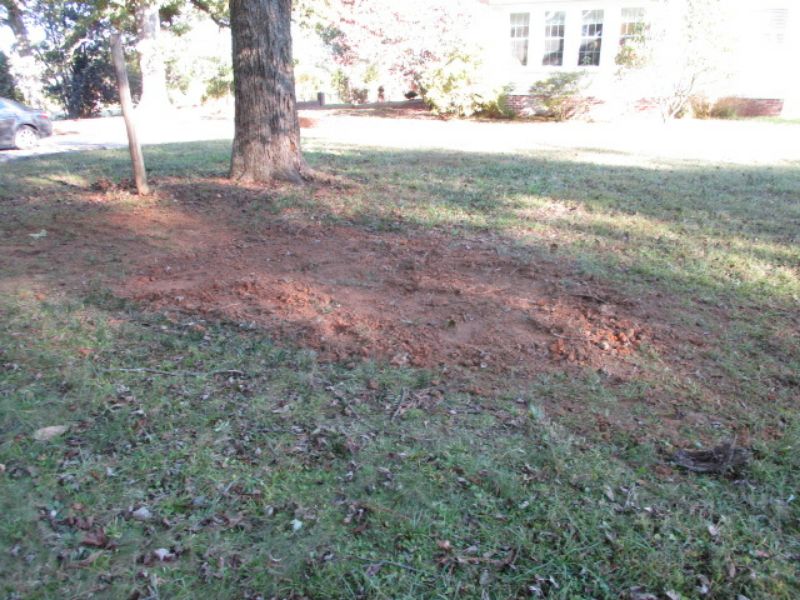
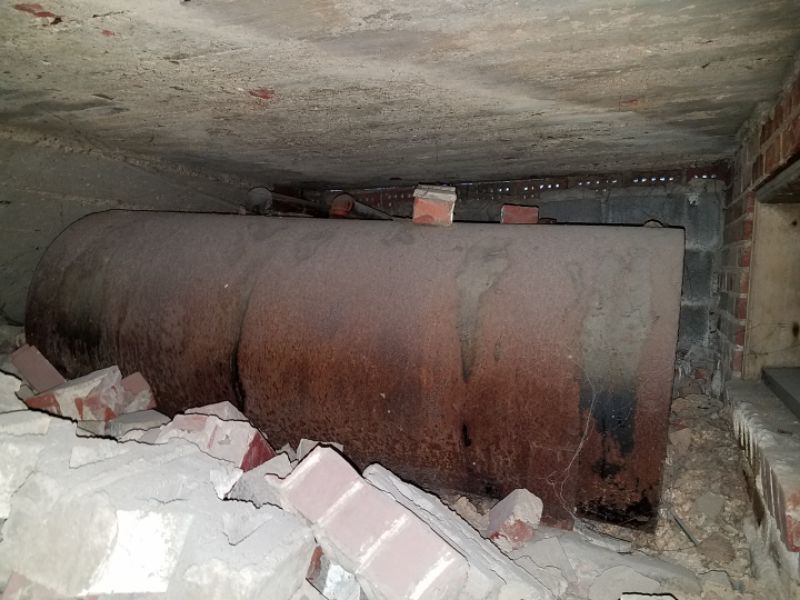
The fuel lines are not protected against damage. This is a safety hazard. Hire a plumber to add protection to the line.
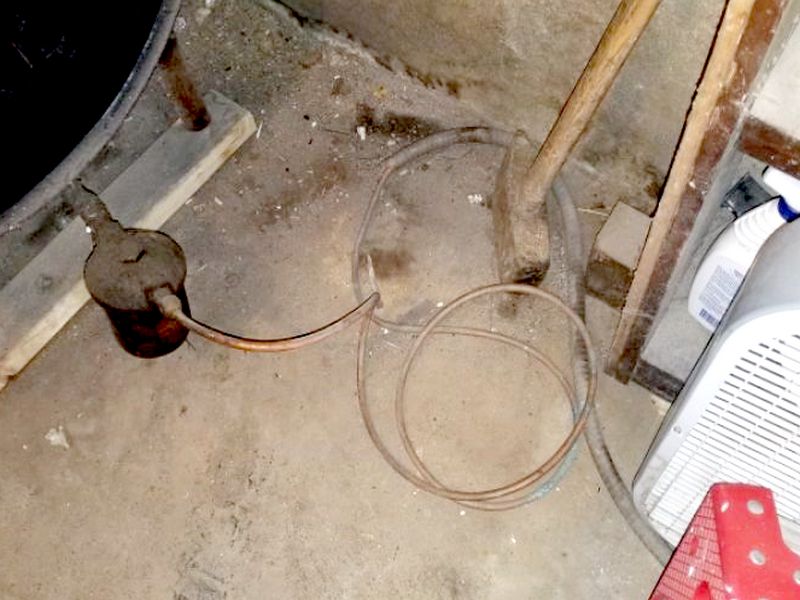
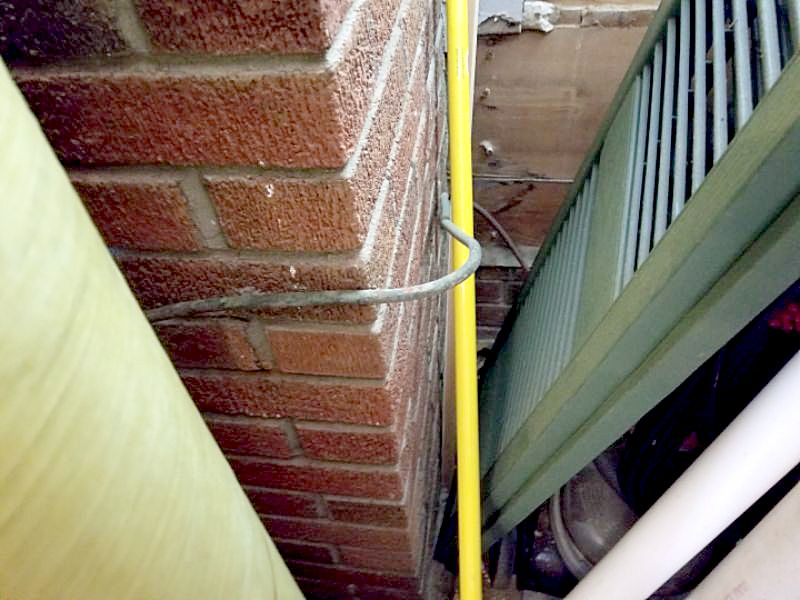
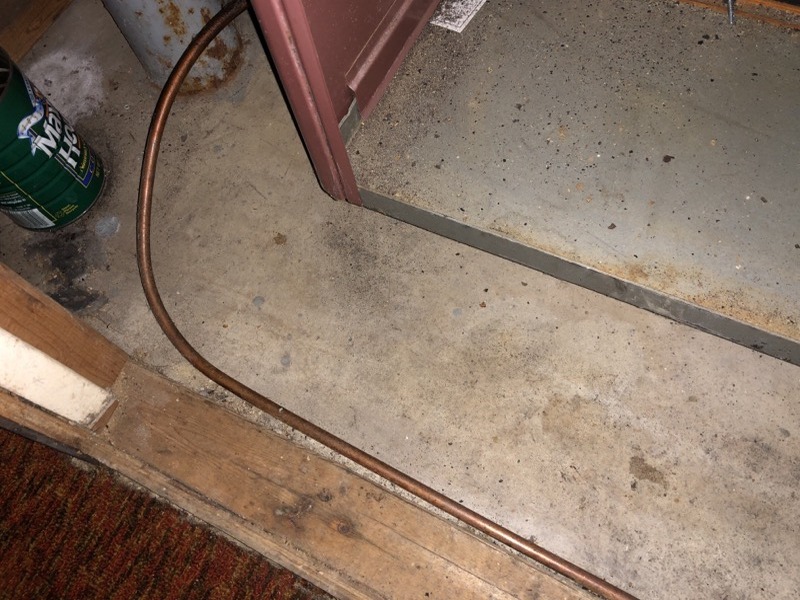
The fuel line is damaged. This is a safety hazard. Hire a plumber to replace the line.
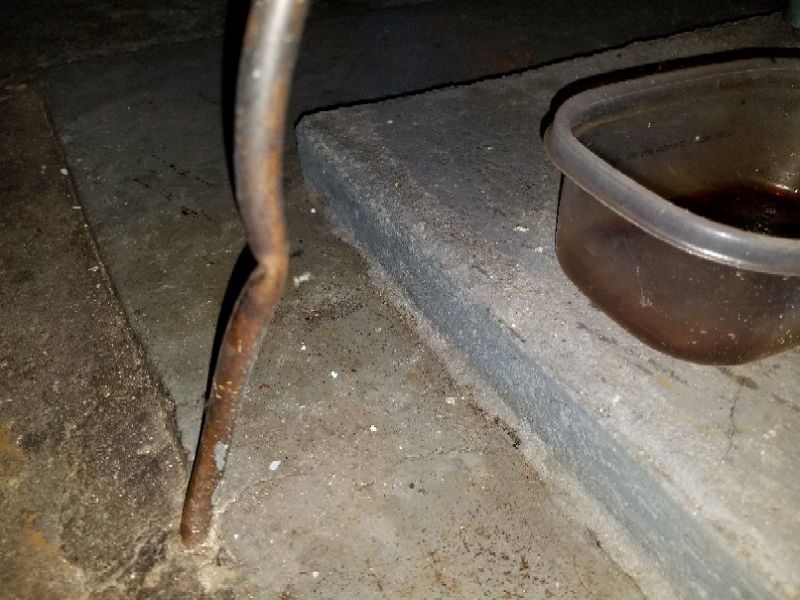
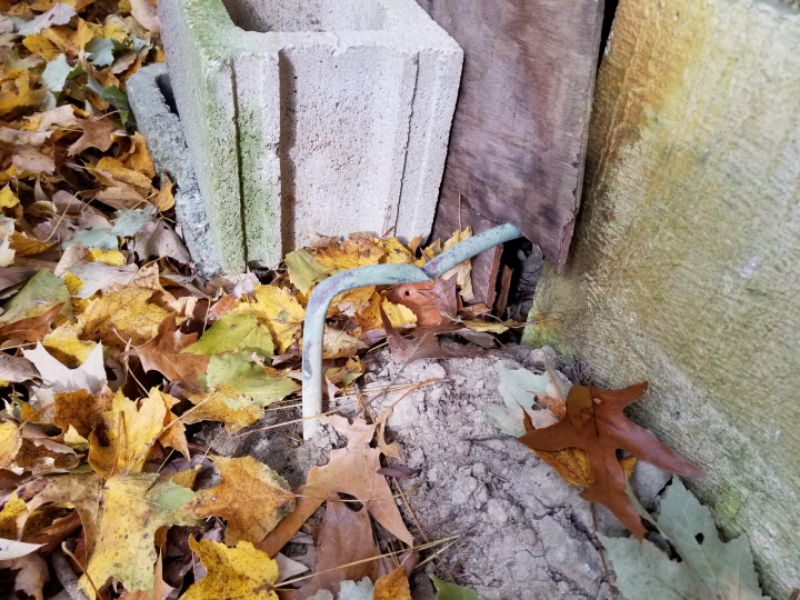
The oil fill pipe is not connected to a tank. This is a safety hazard that can allow fuel to be pumped into the interior of the home. Hire a plumber or HVAC contractor for repairs as needed.
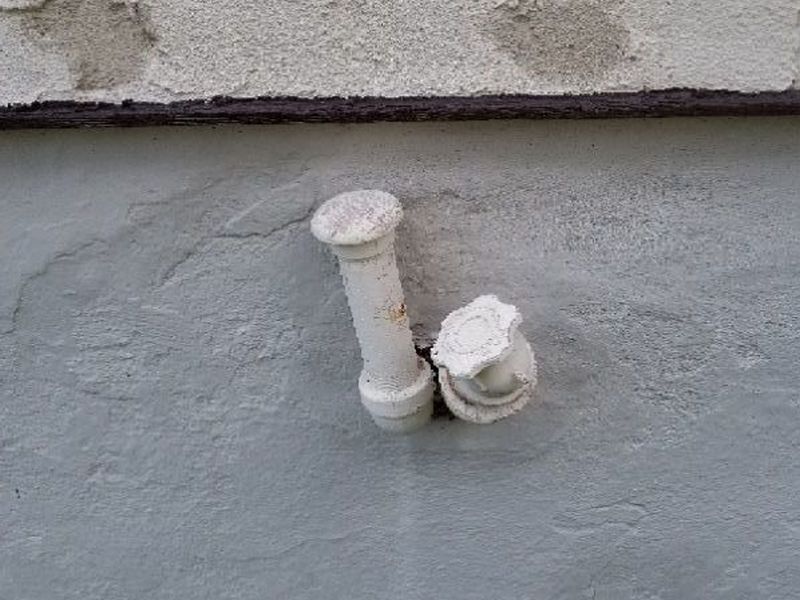
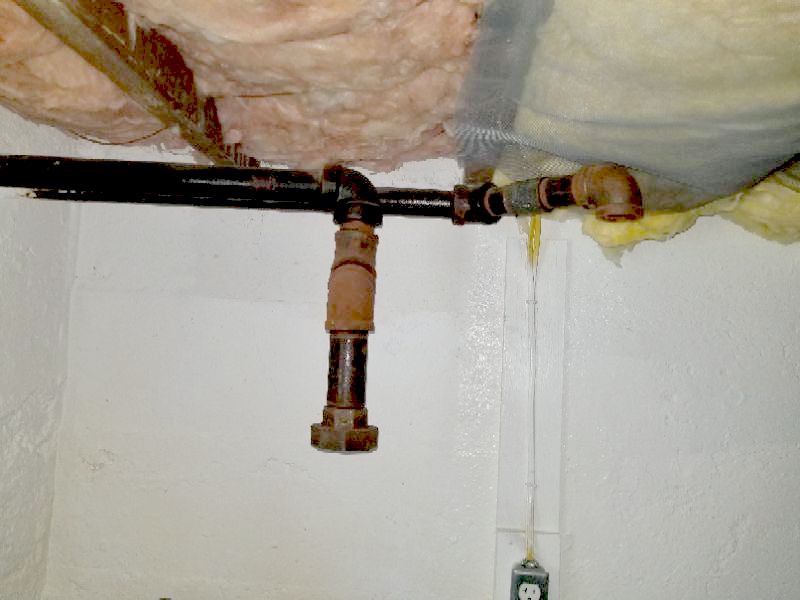
The oil fill pipe is leaking. This is a safety hazard. Hire a plumber or HVAC contractor for repairs as needed.
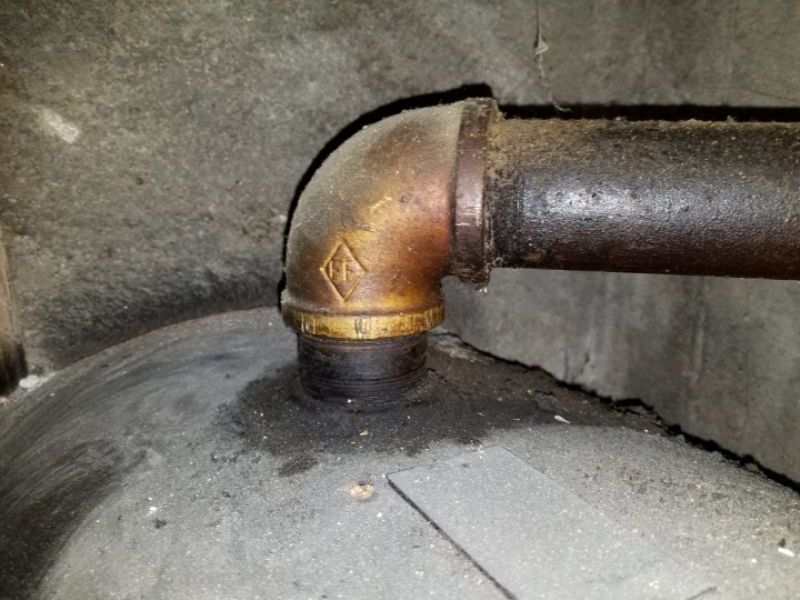
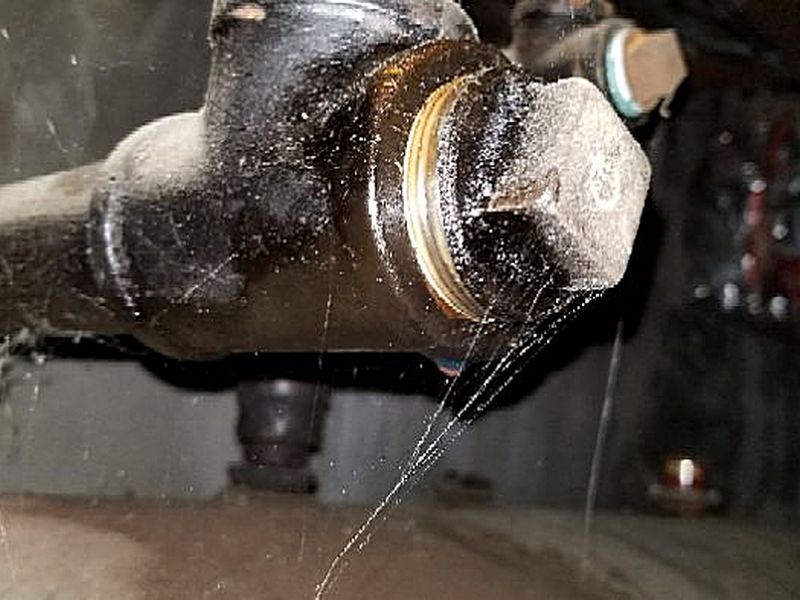
The oil fill pipe is loose or damaged. This is a safety hazard. Hire a plumber or HVAC contractor for repairs as needed.
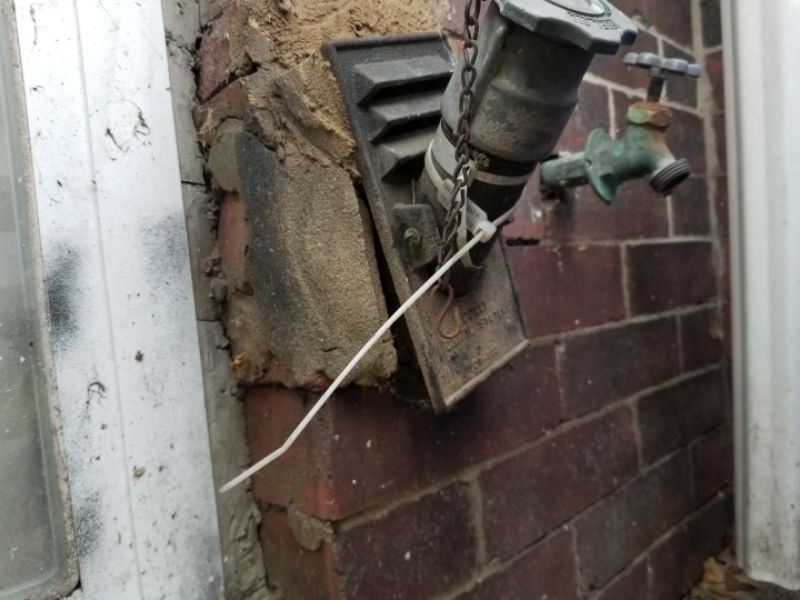
The oil fill pipe is corroded. This is a safety hazard. Hire a plumber or HVAC contractor for repairs as needed.
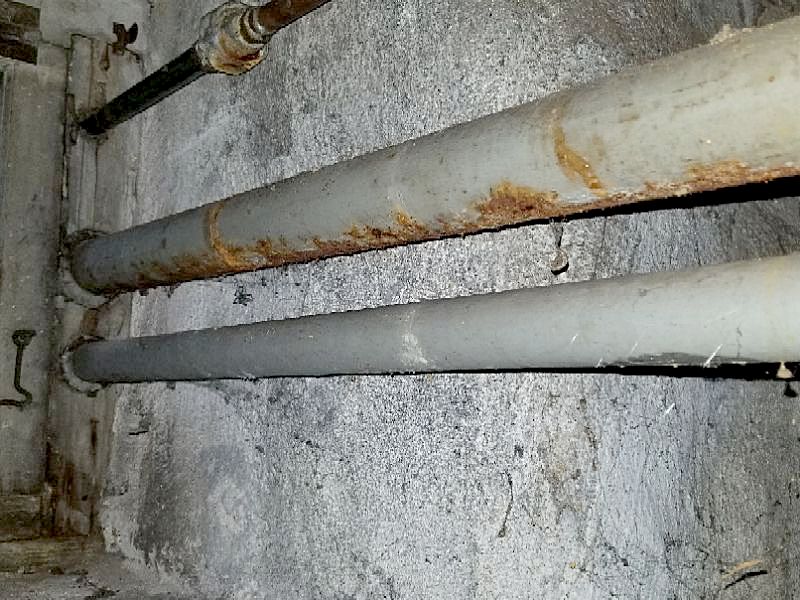
The oil fill pipe cap is missing. This is a safety hazard. Replace the fill pipe cap.
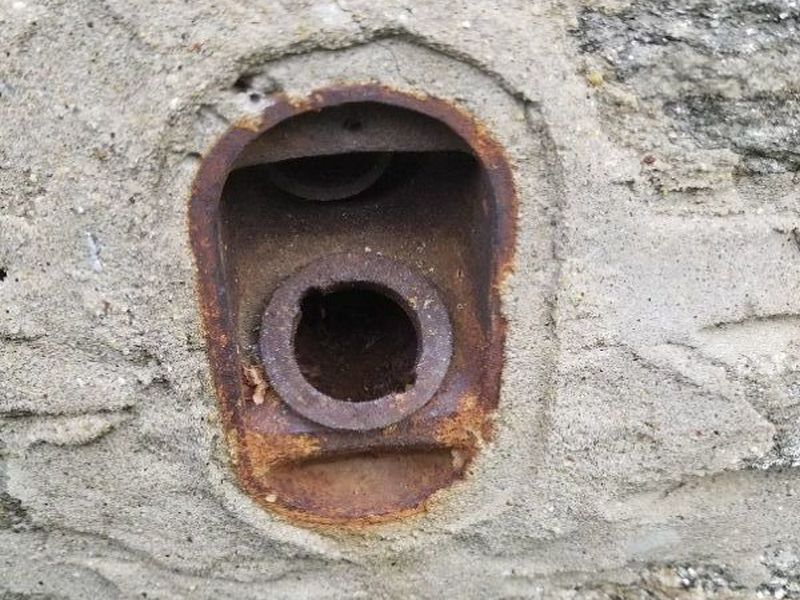
The fuel shut-off valve is damaged or leaking. This is a safety hazard. Hire a plumber or HVAC contractor for repairs as needed.
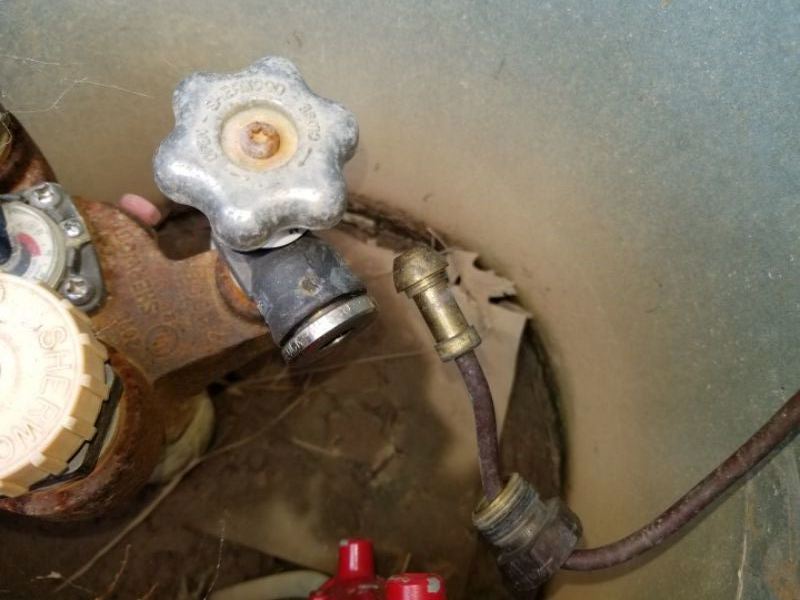
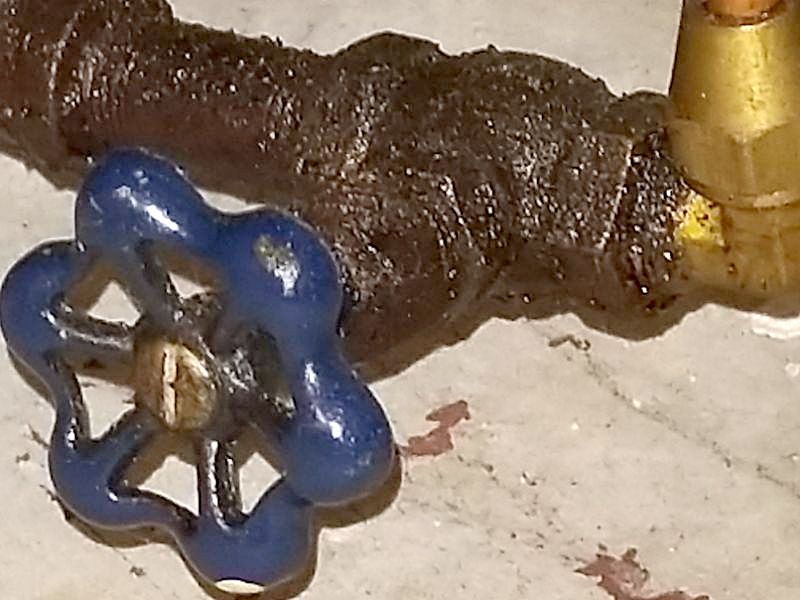
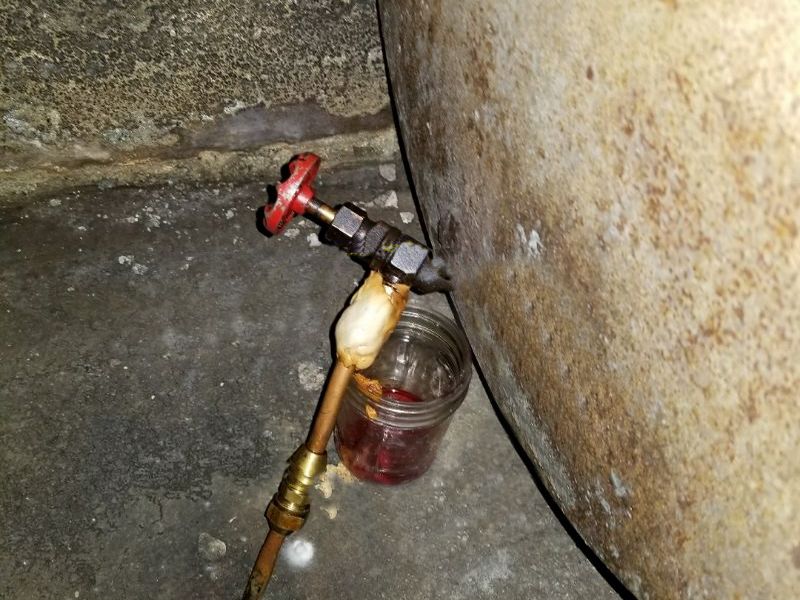
The fuel shut-off valve is corroded. This is a safety hazard. Hire a plumber or HVAC contractor for repairs as needed.

The fuel shut-off valve is missing. This is a safety hazard. Hire a plumber or HVAC contractor for repairs as needed.
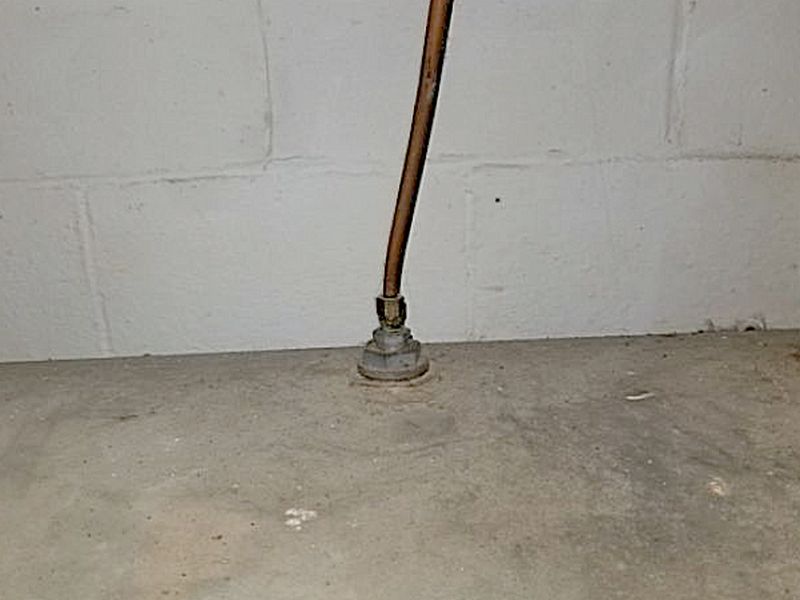
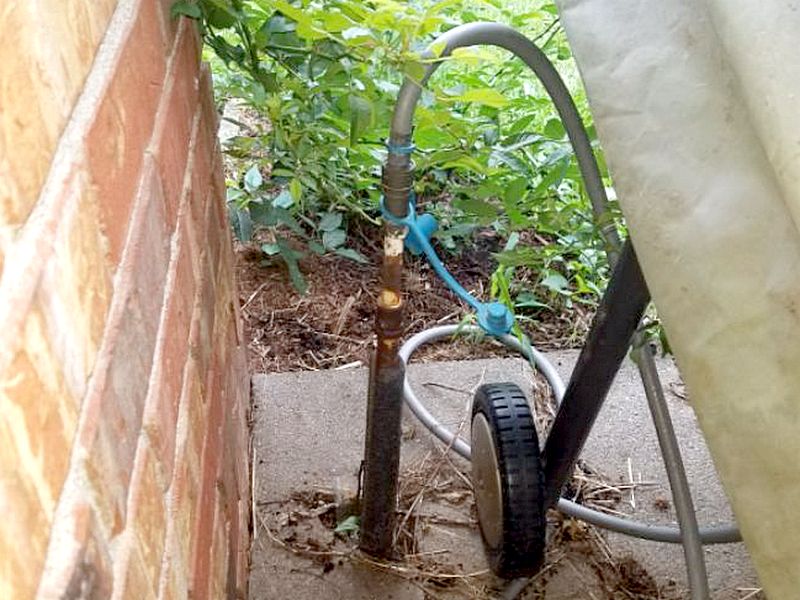
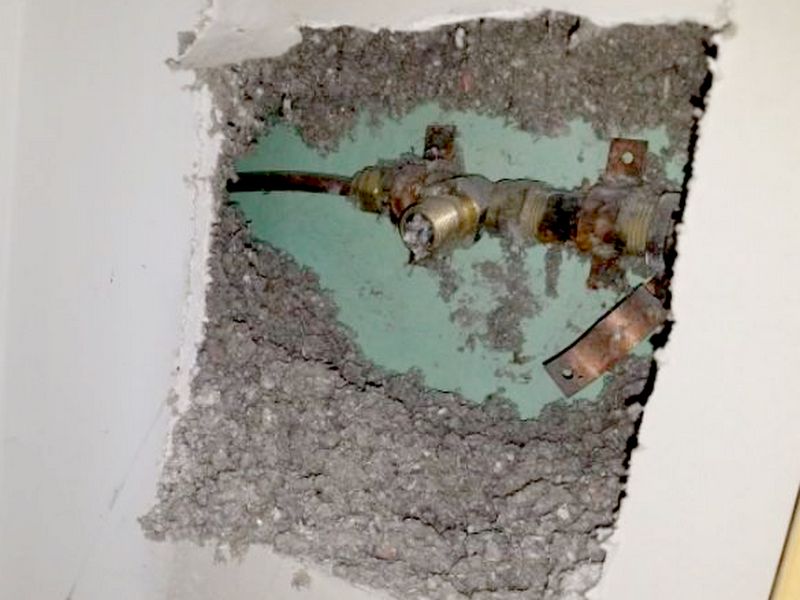
The fuel system vent is inside the house. This is a safety hazard. Hire a plumber or HVAC contractor for repairs as needed.
Indoor oil tanks must have their vents outside

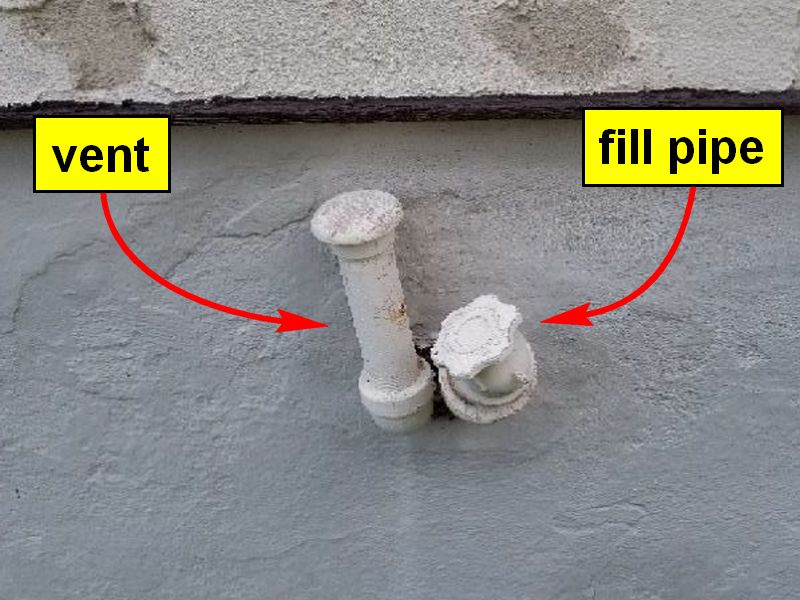
The fuel system vent pipe cap is loose or missing. This can allow debris and contamination into the tank. Secure or replace the cap.
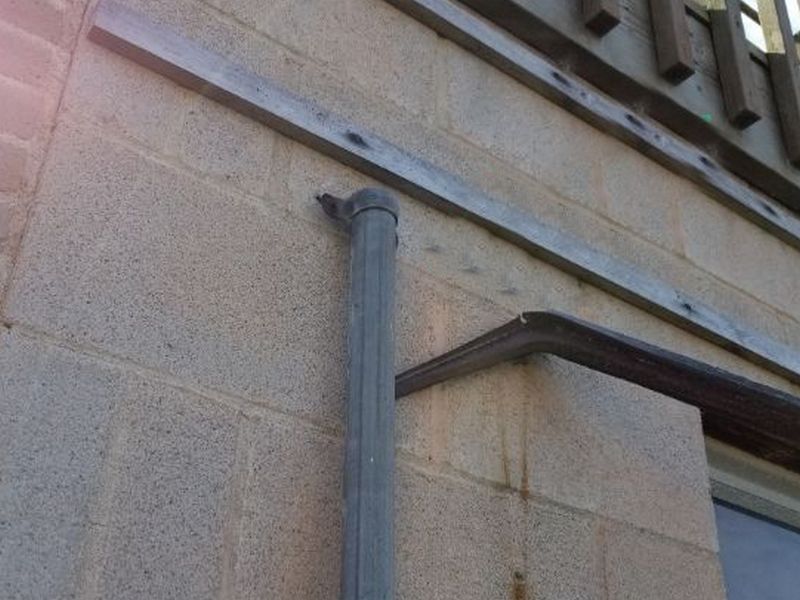
Fuel oil filter systems have long been cartridge devices similar to a car’s filter.

Newer “Tiger Loop” systems are sealed and pressurized. They reduce aeration in the oil for cleaner, more efficient combustion.
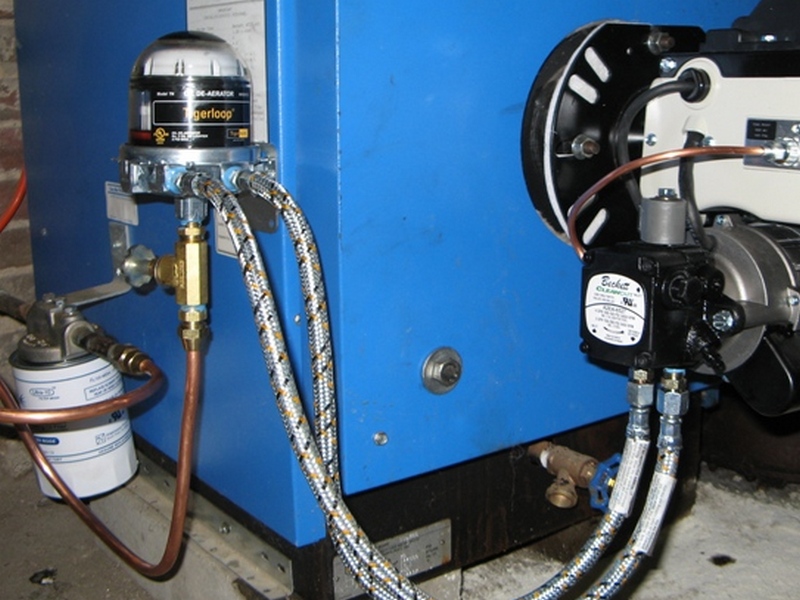
The fuel oil filter is leaking. This is a safety concern. Hire a plumber or HVAC contractor for repairs as needed.
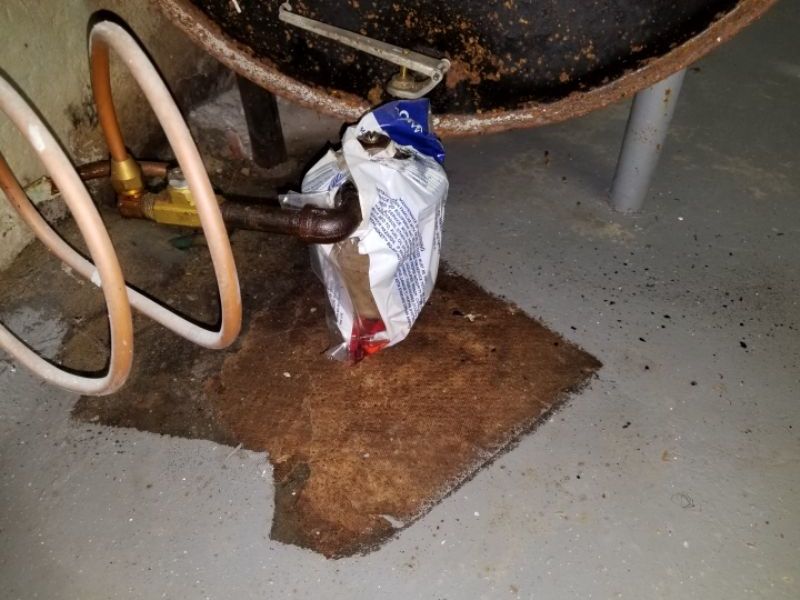
The fuel oil filter is missing. A filter is needed to trap contaminants and keep the particles from clogging the oil burner. Hire a plumber or HVAC contractor for repairs as needed.
